
Downloadable spreadsheet to assist ITRTs and Librarians in connecting the DLI SOL with K-2 Health SOL.
- Subject:
- Professional Learning
- Material Type:
- Teaching/Learning Strategy
- Author:
- #GoOpenVA Administrator
- Date Added:
- 06/08/2022

Downloadable spreadsheet to assist ITRTs and Librarians in connecting the DLI SOL with K-2 Health SOL.

Downloadable spreadsheet to assist ITRTs and Librarians in connecting the DLI SOL with K-2 History & Social Sciences SOL.

Downloadable spreadsheet to assist ITRTs and Librarians in connecting the DLI SOL with K-2 Math SOL.

Downloadable spreadsheet to assist ITRTs and Librarians in connecting the DLI SOL with K-2 Music Arts SOL.

Downloadable spreadsheet to assist ITRTs and Librarians in connecting the DLI SOL with K-2 Science SOL.

Downloadable spreadsheet to assist ITRTs and Librarians in connecting the DLI SOL with K-2 Theatre Arts SOL.

Downloadable spreadsheet to assist ITRTs and Librarians in connecting the DLI SOL with K-2 Visual Arts SOL.
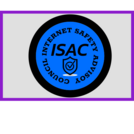
Unfortunately, most American children spend about 5 to 8 hours on screens each day. Screen time can be habit-forming: Research shows that the more time children engage with screens, the harder time they have turning them off as they become older children. Plus, screen time has been linked to eating more, having trouble sleeping and poorer performance in school. Here are some ways to limit screen time.
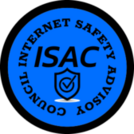
This is a resource on the 5Ws of Livestreaming.
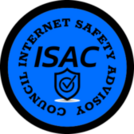
The intent of these resources is to support teachers in implementing digital literacy into their teaching practice and to help them to develop digital literacy lessons and activities that suit their students' needs.
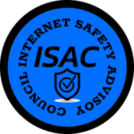
NetSafe Utah provides online videos and resources for kids, teens, parents and educators, including Internet Safety information that Utah schools need to meet the Children's Internet Protection Act (CIPA) requirements.
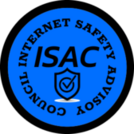
This is a resource that describes the 5 Ws of Online Enticement.
This is a pilot – a test – with Ruff Ruffman videos looking at the red-hot topic of how kids can and should use media and technology. Our first videos focus on texting, sharing photographs, using search, and finding an appropriate balance of technology use.

Teach Digital Citizenship: Free lessons and activities that help students build essential digital habits and skills

Parents and caregivers should set rules that reduce “screen time” by limiting the amount of time children spend on the computer, watching TV and playing video games. The time spent in front of the screen could be better spent being more physically active.
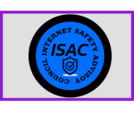
Technology can eat away huge amounts of time for everyone in the family…computers, televisions, video games and phones. But did you know that the average child watches more than 2,300 hours of television each year, compared with only approximately 1,200 hours spent in school? As parents, we set the limits and examples. Try these suggestions to help your family cut back on screen time while still having fun.
TeachersFirst is an online community for teachers by teachers. With thousands of lessons, units, and reviewed web resources for K-12 classroom teachers, our website is designed to enrich teaching and learning for both teachers and their students.

Fill out the We Can! Screen Time Chart to see how much time your family spends in front of a screen. Keep one chart for each person.
The Digital Citizenship Curricular Framework provides guidance for implementing various sets of curricular standards through a lens of digital citizenship education. This framework can serve as a ‘blueprint’ to guide conversations around digital citizenship education for students in PK through 12th grade. The framework provides a logical sequence for content acquisition and skill development that can help students develop into safe, well-rounded, literate and participatory digital citizens.
The cybersecurity industry is growing so quickly, there will be more jobs than people to fill them. That’s why it’s never too early to learn about careers in cybersecurity. This curriculum is designed to foster discussions between adults and young students (K-3rd grade) about the exciting opportunities available in these fields. Talking about how Faux Paw and the other characters navigate online safety and the digital world is an age appropriate way to ignite students’ curiosity about the opportunities available in cybersecurity jobs. Faux Paw Cybersecurity Superstars Curriculum consists of four lessons about data privacy, digital citizenship, and cybersecurity jobs in a manner relatable to young students. The lessons reference the books/videos Faux Paw’s Adventures on the Internet, Faux Paw and the Dangerous Download, and Faux Paw and the Unfortunate Upload